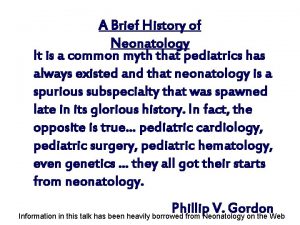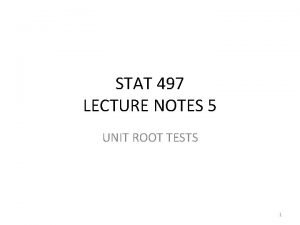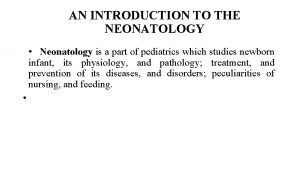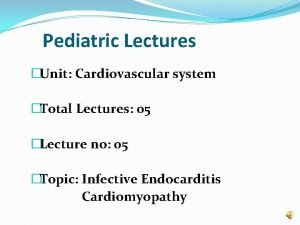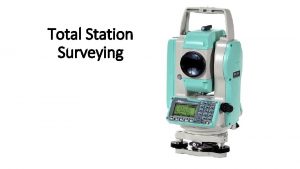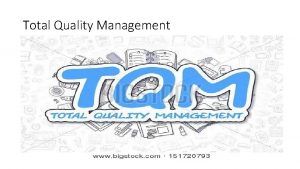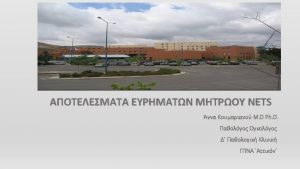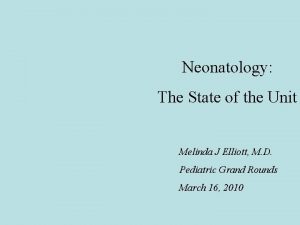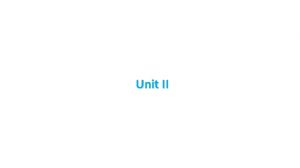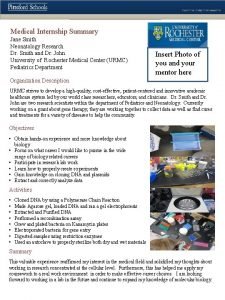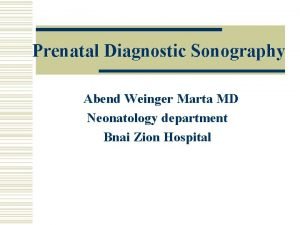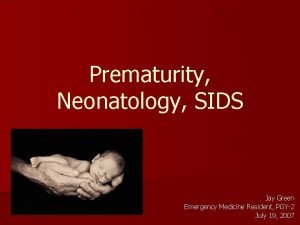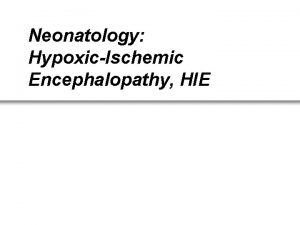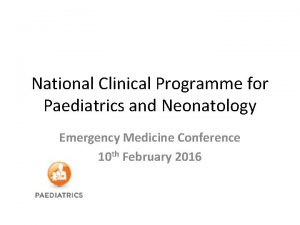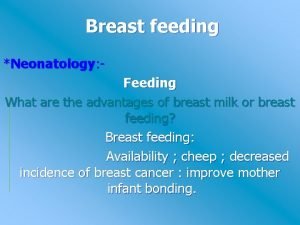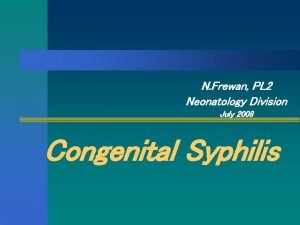Pediatric Lectures Unit Neonatology Total Lectures 06 Lecture





















- Slides: 21

Pediatric Lectures • Unit: Neonatology • Total Lectures: 06 • Lecture no: 2 • Topic: Respiratory distress of new born, birth asphyxia, MAS, TTN

Neonatology Dr. Saba Haider Tarar MBBS, MCPS, FCPS (Pakistan), MRCPCH(AKP-London) Assistant Professor of Pediatrics.

Objective: By the end of this lecture, the students will be able to: • Enlist causes of respiratory distress in a neonate • Identify signs and symptoms of respiratory illness • Outline a working management plan

Respiratory distress of new born Definition: • Respiratory rate > 60 cycles per second with chest indrawing


Respiratory distress Syndrome (RDS) • • Definition: Preterm neonate presenting with Tachypnea (R. R > 60/ minute) Chest retractions Cyanosis CXR with reticulo-granular pattern and air bronchograms


Incidence and risk factors • • 25 %of all neonates less than 32 weeks 20 % of all neonatal deaths Risk factors are Prematurity, male gender, Chorio-amniotis, IDM, birth asphyxia, LSCS and twin pregnancy , hypothermia


Differential diagnosis • • Congenital Pneumonia Aspiration Pneumonia Meconium Aspiartion Pnuemothorax Diaphragmatic hernia Cardiac failure CHD TTN

Investigations: • • Pulse Ox ABGs CXR ECG Hyperoxia test Baseline (CBC, BSR, Sr. Calcium) Septic Screening


Management: • • Supportive: Oxygen Thermo-neutral environment Prevent hypoglycemia Minimal handling Intake output record Treat metabolic acidosis

Specific Management: • • • Warm humidified oxygen CPAP IPPV Surfactant Complications include: IVH, pneumothorax, pneumonia

Birth Asphyxia • Sudden hypoxia at birth due to failure of initiation of normal breathing • 3. 3% incidence





Management Mainly supportive ABC Maintain temperature Monitor vitals I/T, O/P monitoring Treat hypoglycemia, hypovolemia, seizures, metabolic acidosis, infections • Selective head cooling • • •

 Lectures paediatrics
Lectures paediatrics History of neonatology
History of neonatology 01:640:244 lecture notes - lecture 15: plat, idah, farad
01:640:244 lecture notes - lecture 15: plat, idah, farad Activo promedio
Activo promedio Total revenues minus total costs equals
Total revenues minus total costs equals Total revenues minus total costs equals
Total revenues minus total costs equals Total revenues minus total costs equals
Total revenues minus total costs equals Total revenue minus total expenses
Total revenue minus total expenses Unit 10, unit 10 review tests, unit 10 general test
Unit 10, unit 10 review tests, unit 10 general test Adf.test in r
Adf.test in r Rick trebino
Rick trebino Data mining lectures
Data mining lectures Advanced medicinal chemistry
Advanced medicinal chemistry Uva ppt template
Uva ppt template Ludic space
Ludic space Activity planning in software project management
Activity planning in software project management Molecular biology lecture
Molecular biology lecture Radio astronomy lectures
Radio astronomy lectures Dr sohail lectures
Dr sohail lectures Utilities and energy lectures
Utilities and energy lectures Introduction to web engineering
Introduction to web engineering How to get the most out of lectures
How to get the most out of lectures

